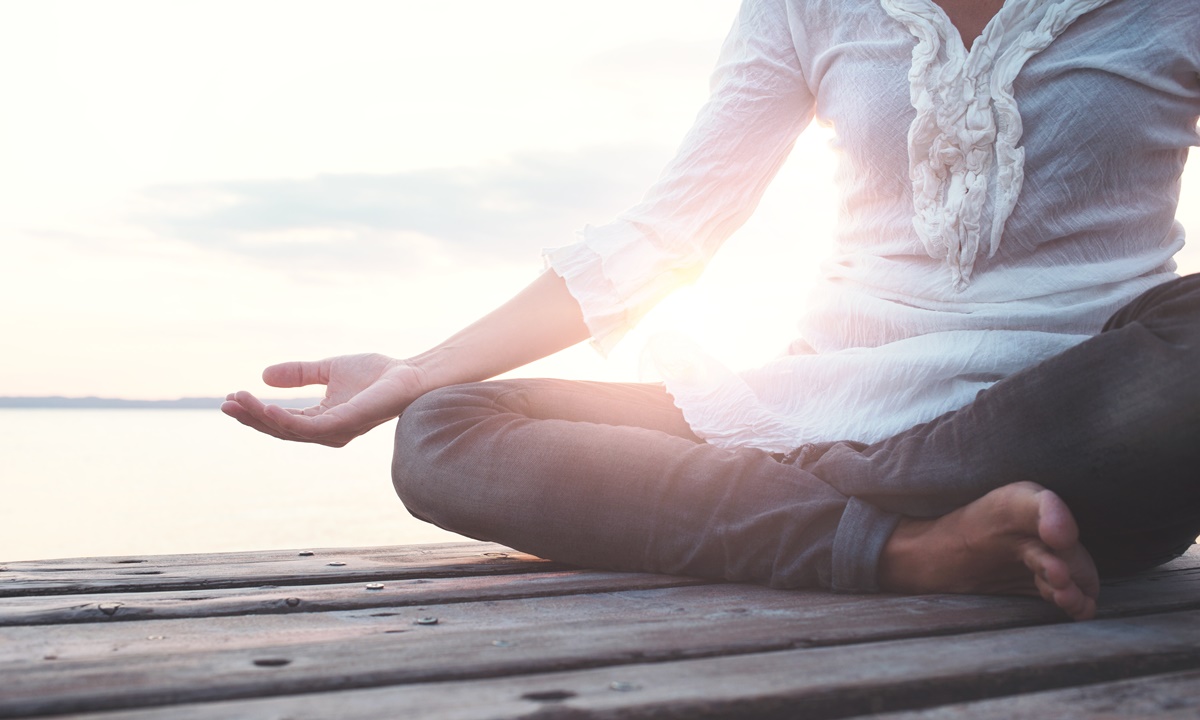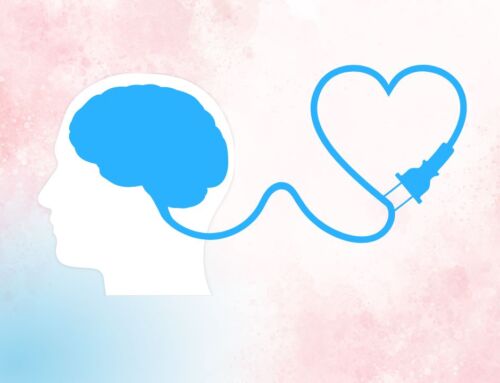Have you ever had the nagging feeling that you are helpless to the whims of the chaos that seems to be blowing through life at any given moment? Me, too. And perhaps that’s why this meditation is my favorite. You can use it in moments of strife in your own life; you can use it to support those around you (whether people you know or strangers), and you can even use it just for the heck of it to fill the world with some extra goodness.
Here’s how it works:
The Receiving-Sending Meditation
Get in a comfortable position, sitting with your back relatively straight and relaxed. Close your eyes gently.
Take three deep, nourishing breaths. Find your breath where you notice it most easily. It may be the bottom of your nostrils, your chest, or your belly. Tune in to your breath.
Watch your breath for a few minutes. Notice what’s going on in your body. See if you can notice where in your body your emotions are manifesting themselves. Name the emotion and locate it in your body:
“Oh, that’s anger in my stomach.”
“Oh, that’s shame under the anger.”
“Oh, that’s depression in my heart.”
See if you can visualize what the emotion looks like. Is it like a cinder block? Is it hot or cold? Is it shaky or still? Is it contracting, like pulling in and down?
Then, breathe in the pain. Focus your attention on your intake breath, and breathe it right into the pain.
Notice there is a space in between your in breath and your out breath. Visualize that gap as a huge cavern filled with light. Your pain is dropping down into that space. Your pain is not alone. You are breathing in the pain of all of the people in the world who are experiencing the same suffering right at that moment. Millions of people are suffering just like you right now.
The pain coming in gets transformed by something in the cavern so that your out breath is a light, free breath of ease, goodwill, and freedom from suffering. Breathe in the pain; breathe out clear goodness. In goes the shame; out goes the peace. In comes the anger; out the goodwill.
Keep practicing for fifteen minutes, and then let the last five minutes be free from focusing your attention on your breath, words or feelings. Just sit with your eyes closed and notice what comes up, allowing your experience to be just what it is.




















